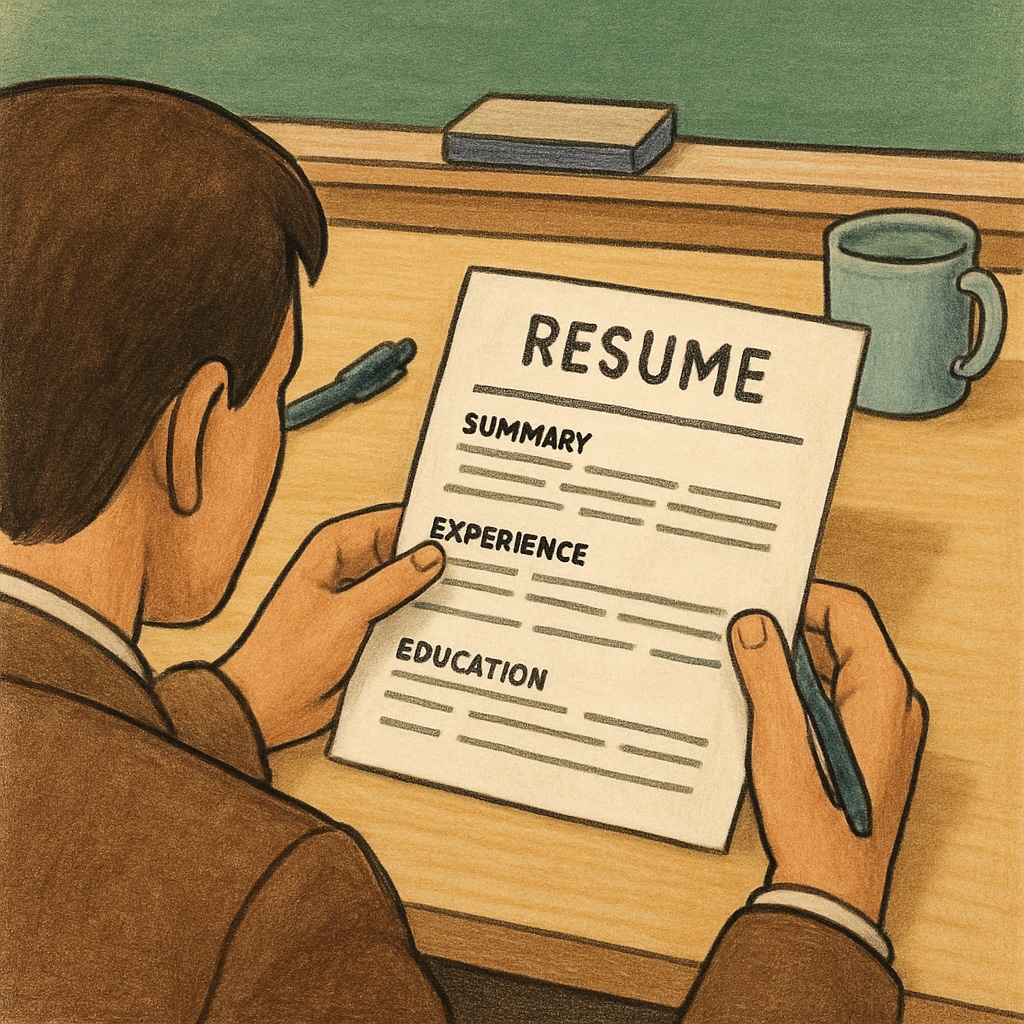In today’s globalized education landscape, educators are increasingly seeking opportunities abroad to broaden their professional horizons. One of the most attractive destinations is Canada, particularly its K12 education system, which is renowned for its inclusivity and emphasis on student-centered learning. However, to successfully land a job in this competitive market, a meticulously crafted resume is essential. In this article, we provide actionable insights and help for developing a professional resume tailored to Canada’s K12 education sector. From understanding cultural nuances to highlighting relevant skills, this guide will walk you through the steps to stand out as a candidate.
Understanding the Canadian K12 Education System
Before diving into resume writing, it’s crucial to understand the unique features of Canada’s K12 education system. Canada ranks among the top countries globally for primary and secondary education, emphasizing inclusivity, diversity, and personalized learning. Teachers are expected not only to deliver curriculum-based lessons but also to foster a supportive and equitable classroom environment. This cultural context should significantly inform how you structure and present your resume.
For example, Canadian schools value extracurricular contributions and community involvement alongside academic credentials. Highlighting such experiences can set your application apart. Additionally, certifications such as a Bachelor of Education (B.Ed.), provincial teaching licenses (e.g., Ontario College of Teachers certification), and experience with diverse student populations are often prerequisites for K12 teaching roles.

Key Elements of a Winning Resume for Canada’s K12 Education Jobs
To tailor your resume effectively for the Canadian market, you’ll need to focus on several key areas. Here’s how to structure your resume:
- Contact Information: Include your full name, phone number, email address, and a LinkedIn profile. Avoid including photos or personal details like age or marital status, as these are not standard in Canadian resumes.
- Professional Summary: Write a concise summary (2-3 sentences) outlining your teaching philosophy, years of experience, and key achievements. This should immediately capture the reader’s attention.
- Education and Certifications: List your degrees, certifications, and any additional training relevant to teaching. Be sure to mention if these credentials have been evaluated for equivalency in Canada.
- Work Experience: Use bullet points to detail your previous teaching roles, emphasizing accomplishments over responsibilities. Include quantifiable results, such as improved student performance or successful implementation of innovative teaching methods.
- Skills: Focus on transferable skills like classroom management, curriculum development, and proficiency with educational technology (e.g., Google Classroom, Smartboards).
- Community and Volunteer Work: Highlight any extracurricular activities or volunteer experiences that demonstrate your commitment to student development and community engagement.
In addition, ensure your resume is formatted cleanly and professionally. Use a standard font like Arial or Times New Roman, and limit the document to two pages. Canadian recruiters value clarity and conciseness.
Adapting Your Resume to Canadian Cultural Norms
One of the most common mistakes international job seekers make is failing to adapt their resumes to local cultural expectations. In Canada, job applications should reflect professionalism, inclusivity, and an understanding of the country’s work culture. Here are some tips:
- Use Canadian Spelling and Terminology: For example, “organization” should be spelled “organisation” if applying in provinces like Ontario, where British English is common.
- Highlight Soft Skills: Canadian employers value soft skills like communication, teamwork, and adaptability as much as technical expertise.
- Avoid Overstatements: While confidence is essential, overly self-promotional language can come across as insincere. Focus on factual achievements.
- References: Include “References available upon request” rather than listing them on the resume, as this is standard practice in Canada.

Common Mistakes to Avoid
Even a well-crafted resume can fall short if it includes certain pitfalls. Below are some common mistakes to avoid when applying for teaching jobs in Canada:
- Using Generic Templates: Tailor your resume to the specific role and school you’re applying to. Avoid sending out the same document for multiple applications.
- Failing to Quantify Achievements: Phrases like “improved student engagement” are less impactful than “increased student engagement by 20% through interactive lesson plans.”
- Ignoring Keywords: Many Canadian schools use applicant tracking systems (ATS) to screen resumes. Incorporate keywords from the job posting to ensure your resume passes these filters.
Final Steps: Securing Your Position
Once your resume is complete, the next steps include writing a compelling cover letter and preparing for potential interviews. Your cover letter should complement your resume by elaborating on key achievements and expressing your passion for teaching in Canada. During interviews, be prepared to discuss specific examples of your teaching strategies and how they align with Canadian education values. Building a professional network within Canada’s education community can also provide valuable insights and opportunities.
In conclusion, crafting a resume tailored to Canada’s K12 education market requires a deep understanding of both the local education system and cultural norms. By following the guidelines outlined in this article, you’ll be well-equipped to present a compelling application and take the next step in your international teaching career.
Readability guidance: Use short paragraphs and bullet points to summarize key advice. Aim for concise, clear language, and ensure the document complies with Canadian resume standards. Distribute transition words evenly to improve flow and readability.


